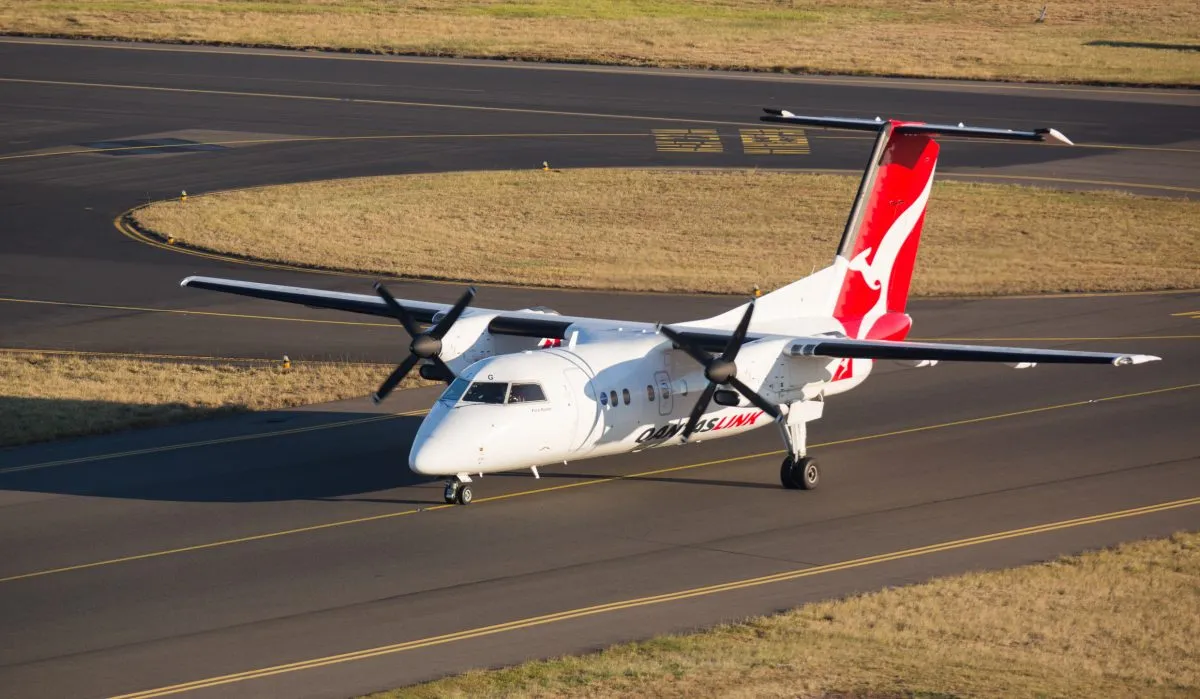
Report calls for action on expensive regional airfares
Jun 10, 2019

A recent report highlights the pressing issue of high regional airfares, calling for immediate action to address the financial burden on travelers. The analysis reveals that exorbitant ticket prices hinder accessibility to essential services and tourism, impacting local economies. Stakeholders urge government intervention to promote competition among airlines and implement regulatory measures that ensure fair pricing. The report emphasizes the need for collaborative efforts between airlines, government bodies, and regional authorities to create sustainable solutions that enhance connectivity and affordability for passengers in underserved areas. Addressing these challenges is crucial for boosting regional development and improving overall travel experiences.
In recent years, the issue of expensive regional airfares has garnered significant attention from both consumers and policymakers. A recent report has highlighted the need for immediate action to address the high costs associated with flying to and from regional airports. The findings of this report indicate that airfares in many regions are disproportionately high, affecting not only travelers but also the local economies reliant on tourism and business travel.
The Economic Impact of High Regional Airfares
High airfares can have a detrimental effect on regional economies. When the cost of air travel is elevated, it discourages tourism and business investments, leading to fewer visitors and reduced economic activity. According to the report, regions with high airfares experience a significant drop in tourism revenue compared to those with more competitive pricing.
For instance, a study revealed that regions with airfare costs exceeding the national average often see a decline in both domestic and international visitors. This trend can be particularly harmful for small businesses that rely heavily on tourism. The data suggests that lowering airfares could lead to an increase in visitors, which, in turn, would boost local businesses and the overall economy.
Comparative Analysis of Airfare Rates
The report includes a comprehensive comparative analysis of airfare rates across various regions, illustrating the disparities that exist. The following table summarizes the average airfare prices for selected regional airports:
| Region | Average Airfare | National Average | Difference |
|---|---|---|---|
| Northwest | $350 | $250 | $100 |
| Southwest | $400 | $300 | $100 |
| Midwest | $300 | $250 | $50 |
| Northeast | $450 | $350 | $100 |
This table clearly demonstrates the significant disparity in airfare rates, with certain regions experiencing costs well above the national average. Such differences underline the urgent need for action to ensure fair pricing for air travel, particularly in underserved areas.
Challenges Faced by Regional Airlines
One of the primary challenges contributing to high regional airfares is the operational costs faced by regional airlines. These airlines often operate smaller aircraft, which can lead to higher per-passenger costs. Additionally, regional airports may lack the passenger volume needed to lower fares effectively. The report suggests that regulatory changes and financial support could help alleviate some of these pressures, enabling airlines to offer more competitive pricing.
Proposed Solutions for Lowering Airfares
The report outlines several actionable solutions aimed at reducing regional airfare costs:
- Government Subsidies: Providing financial support to regional airlines can help offset operational costs, allowing them to lower ticket prices.
- Increased Competition: Encouraging more airlines to operate in regional markets can foster competition, leading to better prices for consumers.
- Infrastructure Investment: Investing in regional airport infrastructure can improve efficiency and reduce costs for airlines, which could translate to lower fares.
By implementing these solutions, stakeholders can work towards making regional air travel more affordable and accessible.
Conclusion: A Call to Action
The findings of the report serve as a clarion call to both government officials and airline executives to address the issue of expensive regional airfares. With the potential for positive economic impacts, it is imperative that action is taken to ensure fair pricing for air travel in regional markets. The time for change is now, and by working together, we can create a more equitable and accessible air travel landscape.
In conclusion, addressing the high costs of regional airfares is not just a matter of consumer convenience; it is a crucial step towards fostering economic growth and sustainability in regional communities. By taking proactive measures, we can pave the way for a future where air travel is affordable for all.
Related Articles

Explore Thailand: The Best Islands to Visit for Paradise, Adventure, and Relaxation

The Ultimate Guide to the Best Islands in Thailand for Your Next Getaway

Do babies need passports? How to get a passport for a newborn

How to get a U.S. passport fast: here’s how to expedite the process

What is Mobile Passport Control: 5 reasons why you should use it

SENTRI vs. Global Entry: A detailed guide

Do you need a passport to go to the Bahamas? Let’s find out

Do you need a passport to go to Mexico? A detailed guide

Do you need a passport to go to Canada? We got the answer

Do You Need a Passport for a Cruise: An Essential Travel Guide

Booster Seat Requirements: All the Rules to Follow in Your Rental Car

What Are the World’s Most Powerful Passports, and How Does Yours Rank?

How to Take a Passport Photo at Home: A Helpful Guide

You've got to have heart! Southwest's new livery

Your opinion: Should water be free on low cost carriers?

Young women bolder than guys as solo travellers
